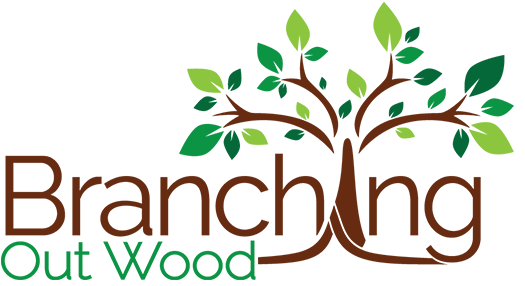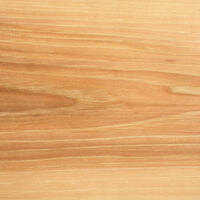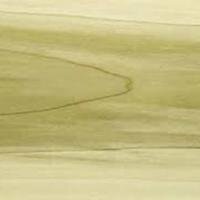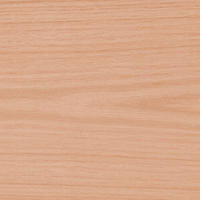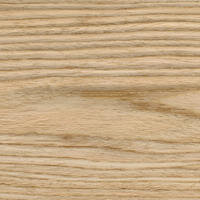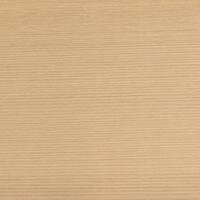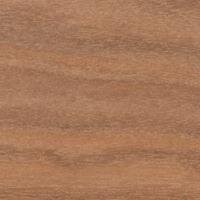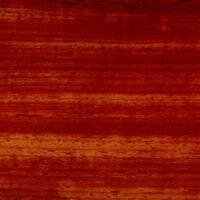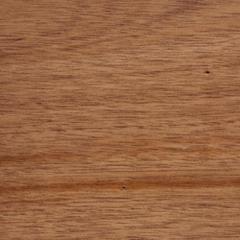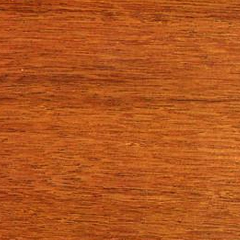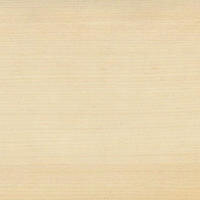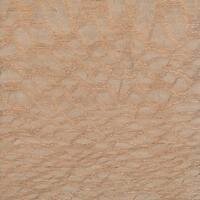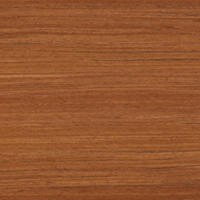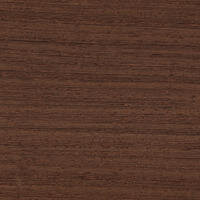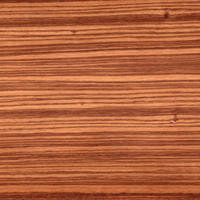When choosing the right hardwood for a project, two key factors are price and appearance. I’ve often been asked to bid out a few different wood choices as clients are evaluating their options, so to aid in the decision process, I thought I’d share here some very specific numbers.
Note that these do not always translate exactly to the finished price for multiple reasons, which include:
On-hand supply: For a few species that I frequently work with (oak, maple, walnut), I typically have “scrap” already on hand from other commissioned pieces or from my catalog products. So I not only do not have to take the time to drive to the specialty lumber stores, but I may have a close-to-exact size piece for a small project.
Smallest board: On the other hand, for other species, or for a medium-sized project that maybe just needs a fraction of a specific (i.e.: very wide?) board, I’ll have to buy an entire 8-12’ long board, which will sit largely unused in my workshop beyond your project needs for one or a few years. A small record stand project in expensive teak was an example of that problem; I gave the client an option to design something else in addition to use up more of that board, where the material cost was effectively free for that second piece and I only charged for design & build costs.
Additional joinery: Not all species are available in the same width of board. For instance, walnut is fairly common in 10” or even wider boards, whereas lacewood does not frequently come more than 4-5” wide. So if the project is for, say, a 11” wide shelf, I can probably build that with one piece of walnut, whereas it may take multiple hours of work to fabricate a single board of three narrower lacewood boards. Similarly, not all species are available in all thicknesses.
Thickness: Cabinets, shelves, and the like often have finished surfaces that are 3/4” thick, which starts from 1” thick material. Thicker boards are often available - but not only does a thicker board require more material, but the unit cost for the same volume of material is often 10-30% more expensive. For instance the cost of a 1” thick ash is $3.50 per board foot, but 2” thick is $4.35 per board foot. A shelf that is one square foot, if 1” thick, has 1 bf totaling $3.50; if 2” thick, has 2 bf totaling $8.70.
Also, keep in mind that the prices I’m sharing are a snapshot in time, and macro economic trends as well as regional changes in supply and demand shifts these month to month.
Even with these caveats, a snapshot of raw material price is a good place to start; even if the absolute prices change, the relative prices between species tend to be a bit more stable, to help narrow down the options.
All prices are per board foot (one square foot), unsurfaced, 1” thick, no special figuring, “first and seconds” (i.e.: relatively clear of knots and defects).
Inexpensive (Under $5)
All of these woods, with the exception of beech, are domestic.
Ash: $3.50
Beech: $4.00
Birch: $4.50
Cherry: $4.40
Hickory / Pecan: $3.70
Oak (Red): $3.30
Oak (White): $4.60
Poplar: $2.60
Modestly Expensive (Between $6-$13)
The maple, cedar, and walnut are domestic, but the rest are foreign woods.
Cedar: $7.70
Ipe: $11.40
Mahogany (African): $6.70
Mahogany (Honduran / “Genuine”): $13.00
Makore: $7.30
Maple (Hard): $9.70
Maple (Hard, Birdseye): $12.80
Padauk: $9.50
Purpleheart: $9.90
Sapele: $7.40
Walnut: $7.80
Walnut (10”+ wide)": $12.70
Expensive (Over $14)
All of these are imports.
Bubinga: $17.20
Lacewood: $17.20
Teak: $34.10
Wenge: $16.80
Zebrawood: $19.50
Other Options
Of course, these are just some of the species available - I can do custom work in any of some 50+ species! If you have any questions or comments in pricing anything out, I’d love to hear from you over email or in the comments section below.
